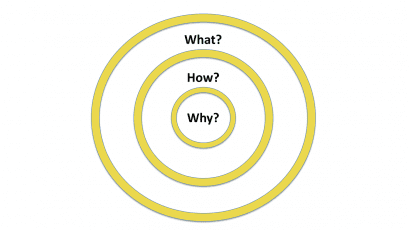Great Ideas
Supporting Instructional Change in the Math Classroom
Moving Beyond the Dog-and-Pony Show
This is the first in a series of articles about supporting instructional change in the math classroom.
As an instructional leader, I struggled to carve out time to be in teachers’ classrooms. Early in the year, when the time came to talk about goals and evaluations, I drew a rectangle on the board of our staff meeting room that looked something like this.
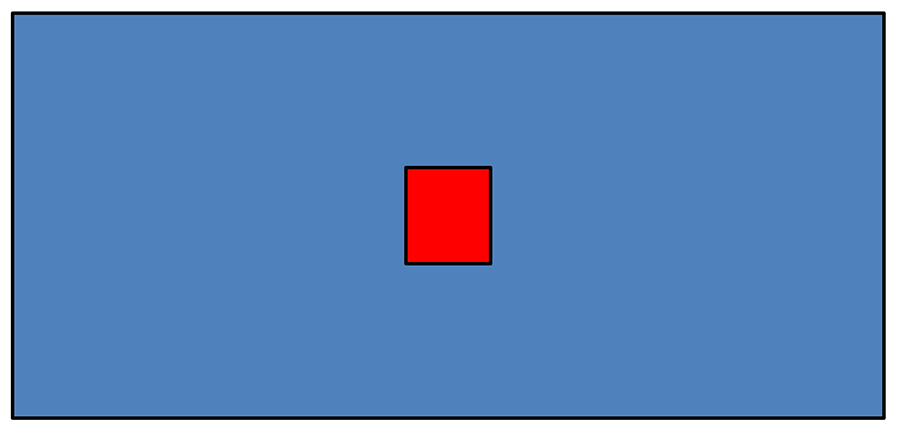
I asked teachers to think of the large rectangle as a representation of all their instructional time for the year. I explained that IF I could somehow manage to get into at least one teacher’s classroom every single day, I still would only see, at best, the tiny small red portion of their lessons. (Note: There was nothing scientific about this in terms of the fraction of instruction I would see. It was purely symbolic.)
The point, I explained, was that classroom walkthroughs and other observations are limited in their representation of what students experience in the classroom. Student growth is not achieved during those “dog-and-pony show” moments when an observer is in the room. Student growth is achieved in those “behind closed doors moments” that occur day after day, that are impacted by teaching practices.

I find it interesting that we design “growth plans” for teachers in need of assistance. Shouldn’t we all be on growth plans designed from intentional observations and reflection which are based on effective teaching practices? It is the responsibility of an instructional leader to inspire, motivate, and enable growth of “behind the door” practices. Each teacher’s progress in instructional practice needs to be a collaborative effort.
Since growth is “change for good,” leaders need to have some understanding of change theory.
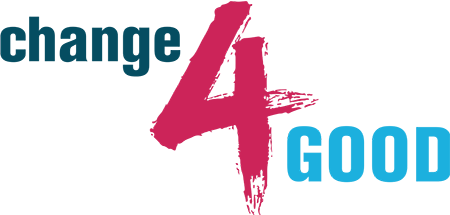
Change research contains significant commonalities. Many writers refer to the importance of appealing to a greater purpose. Daniel Pink highlights some of this research in his book, Drive (Pink, 2009). Pink summarizes the work of Edward Deci and Richard Ryan who discovered that people are best motivated by a need for autonomy, mastery, and purpose. In their book Switch, the Heath brothers refer to this as motivating the elephant by finding the feeling (Heath, C. & Heath, D., 2010). Simon Sinek echoes this sentiment in his TED Talk about The Golden Circle. Sinek explains, “Inspired leaders act and think from the inside out.” We must start with why and then move outward to how, and finally what. Wise leaders will first help teachers connect to the shared purpose of professional growth to the mission of making a difference in the lives of children, the reason that they became educators.
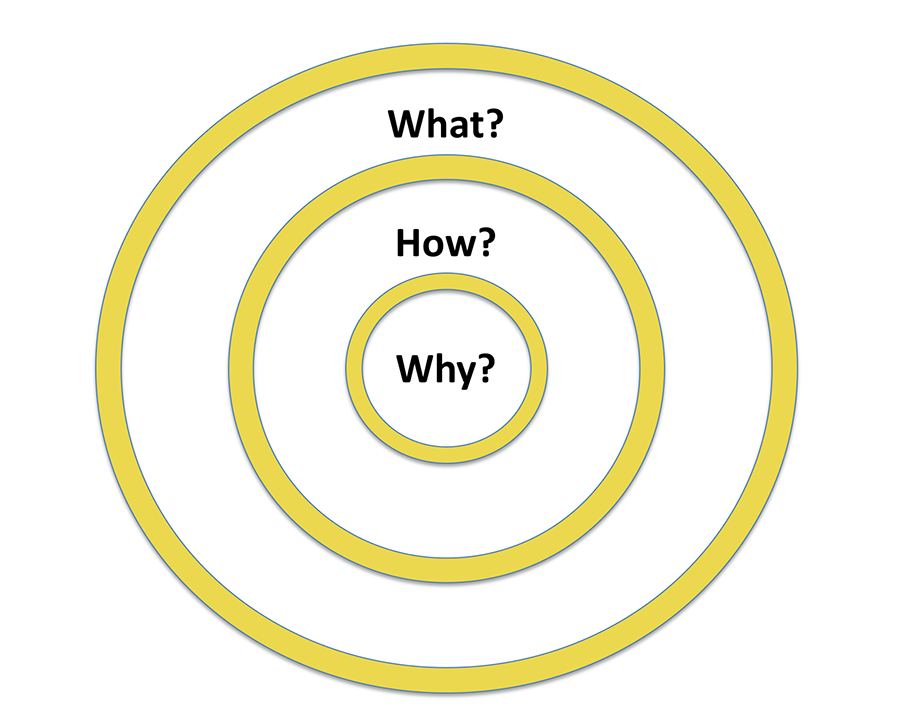
Leaders, especially leaders in elementary school, may also need to help teachers who are often hyper-focused on reading to understand the importance of math instruction for elementary students. Taking a look at research findings such as this may help with that task.
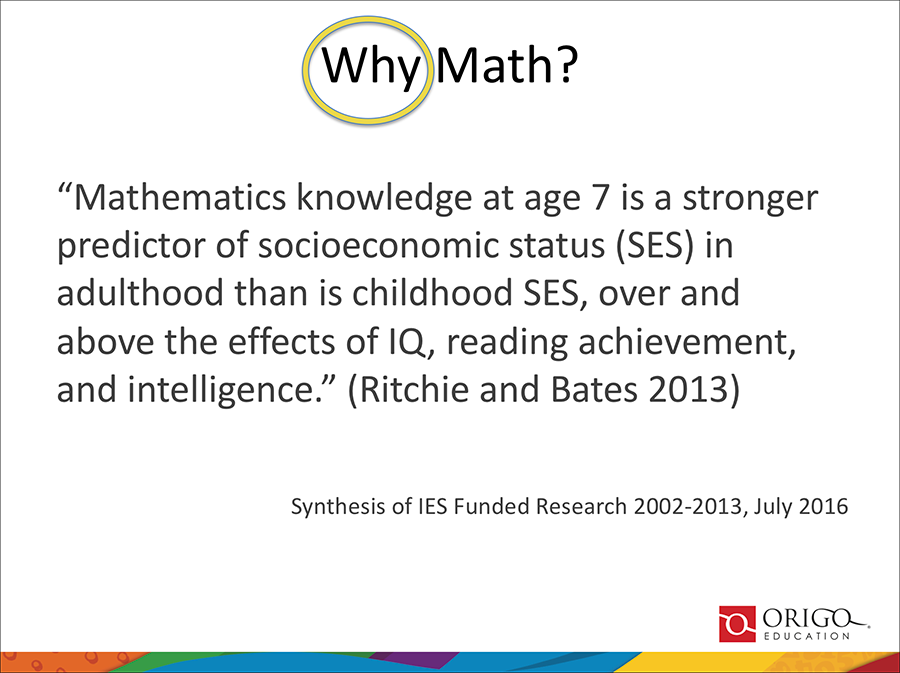
Once teachers are motivated to grow professionally, leaders can develop an environment of trust and cooperation by creating what Simon Sinek describes as a “circle of safety” in the workplace. Sinek professes, “When leaders put safety and the lives of the people in the organization first, remarkable things happen.” The Heath brothers also describe the importance of shaping the environment in multiple ways as a means of supporting instructional change.
As teachers become more excited about improving instruction, leaders continue the process by providing tools and protocols for making the improvement intentional. These tools for supporting instructional change are math specific, and there are elements of safety and trust inherent in these methods and tools.
In the upcoming articles in this series we will explore these tools and processes that include:
- Teacher goal setting for planning
- Conversations with leaders
- Teacher self-observation and reflection/further goal setting
- Conversations with leaders and/or peer growth-partners
- Observations from leaders and peers – specific feedback
- Summary of data
In the next article, we will discover how to support teachers in math planning.
About ORIGO Education
ORIGO Education is dedicated to making learning meaningful, enjoyable and accessible for all students with Pre-K and Elementary print and digital instructional materials, as well as professional learning for mathematics.
![]()


